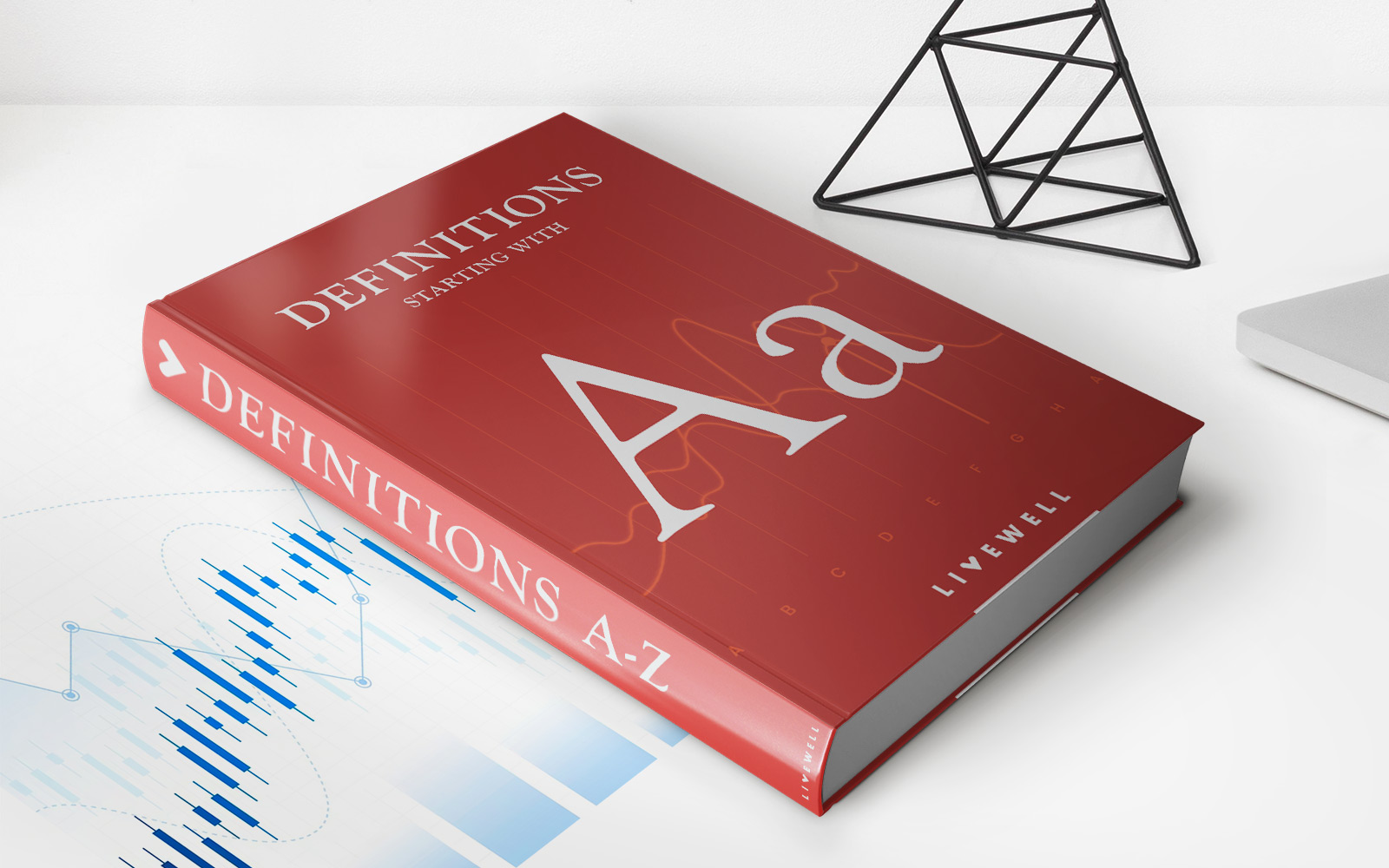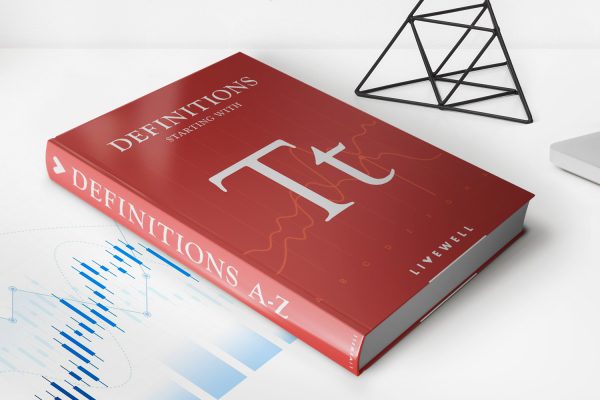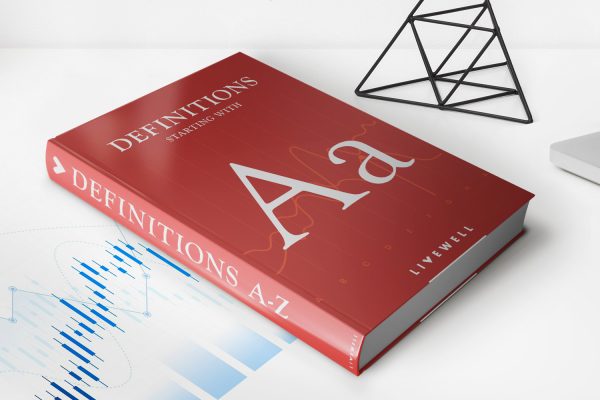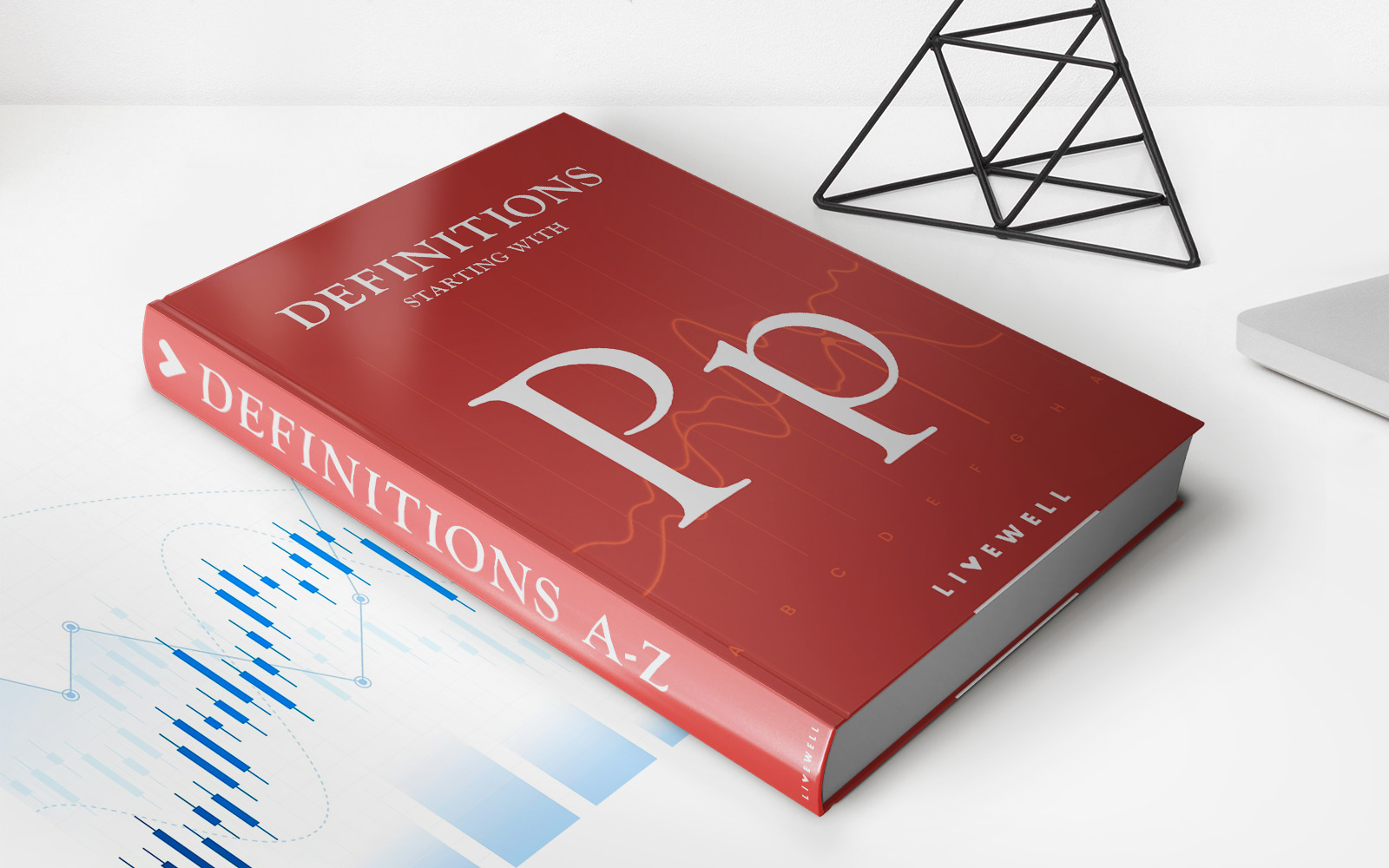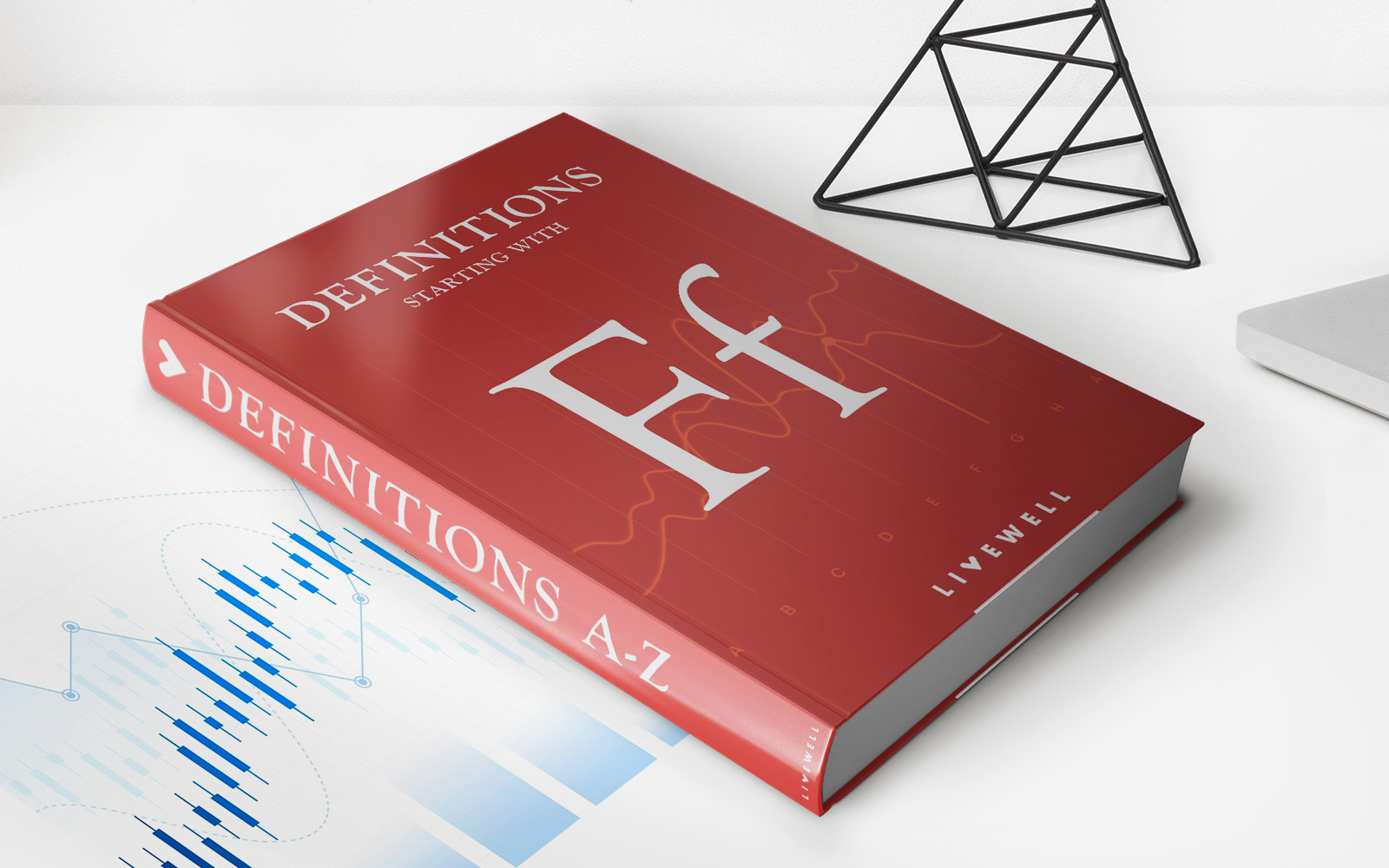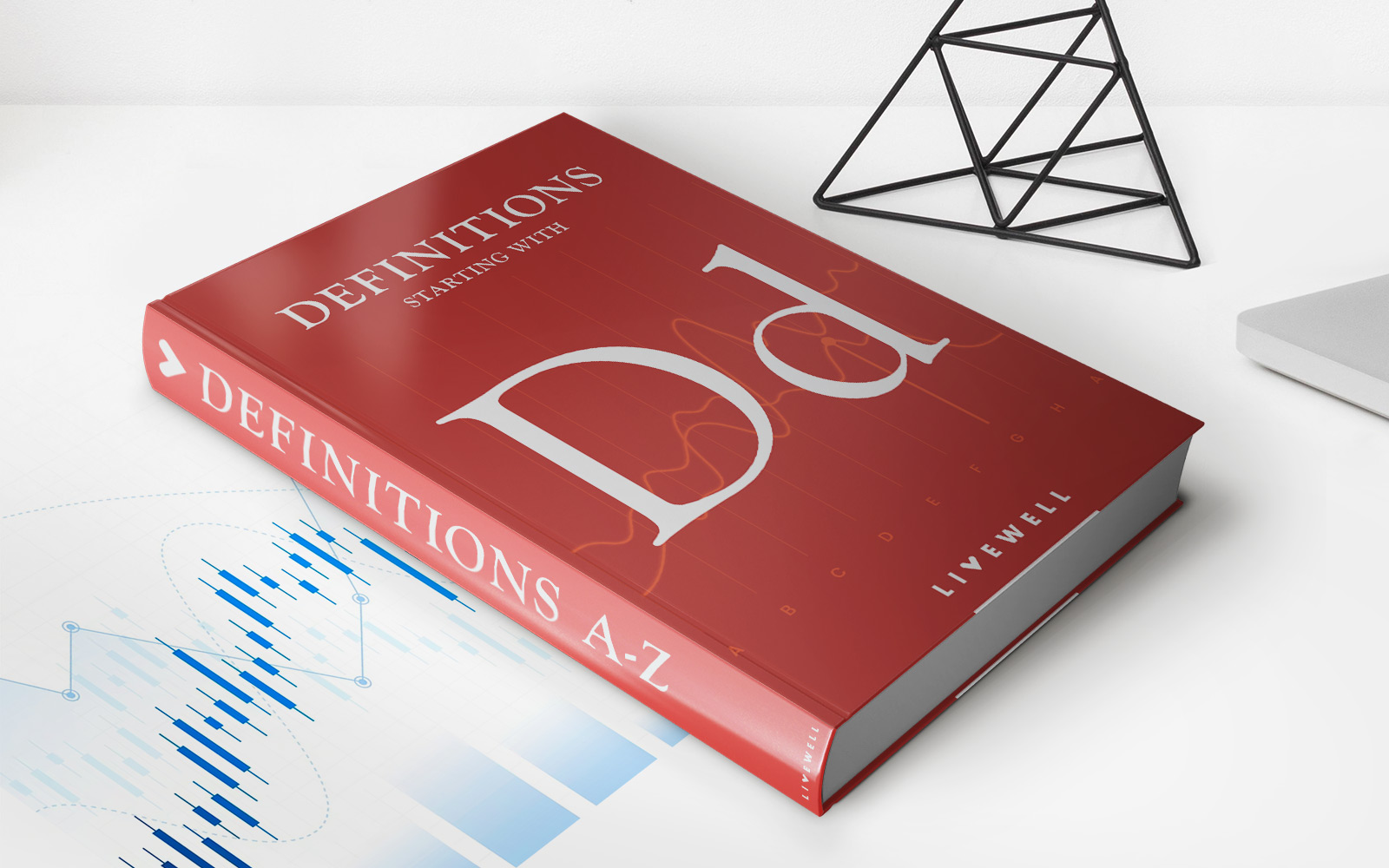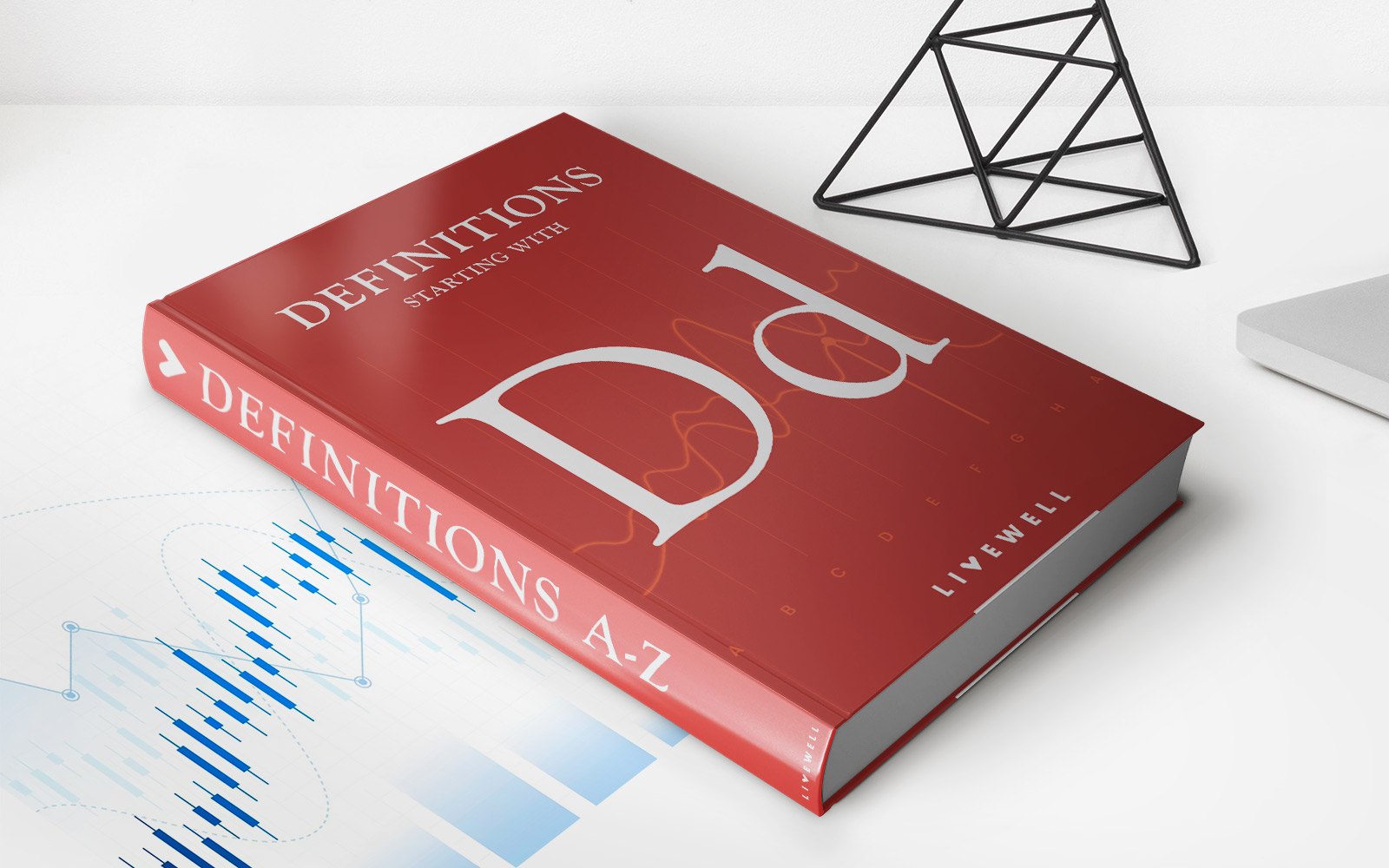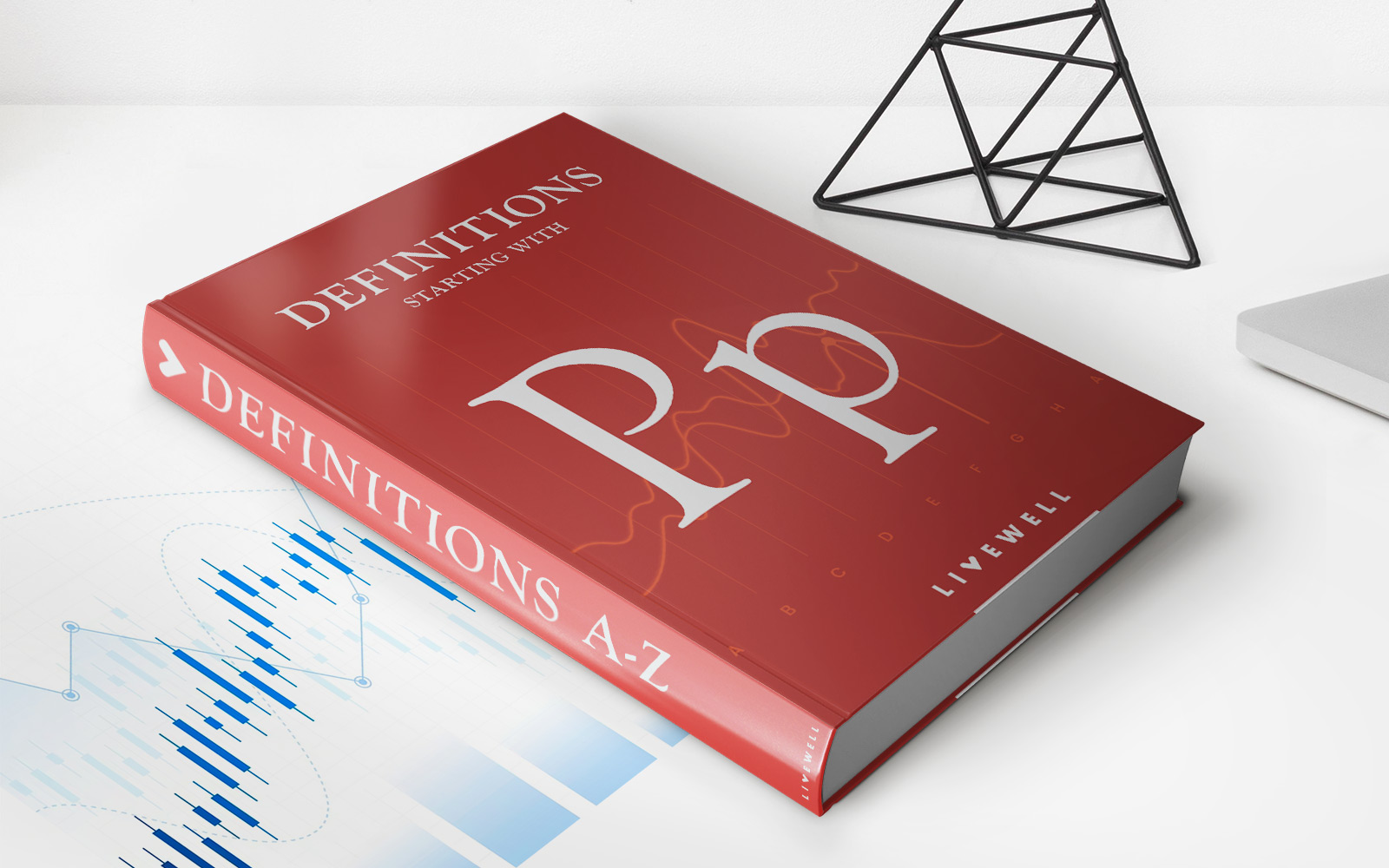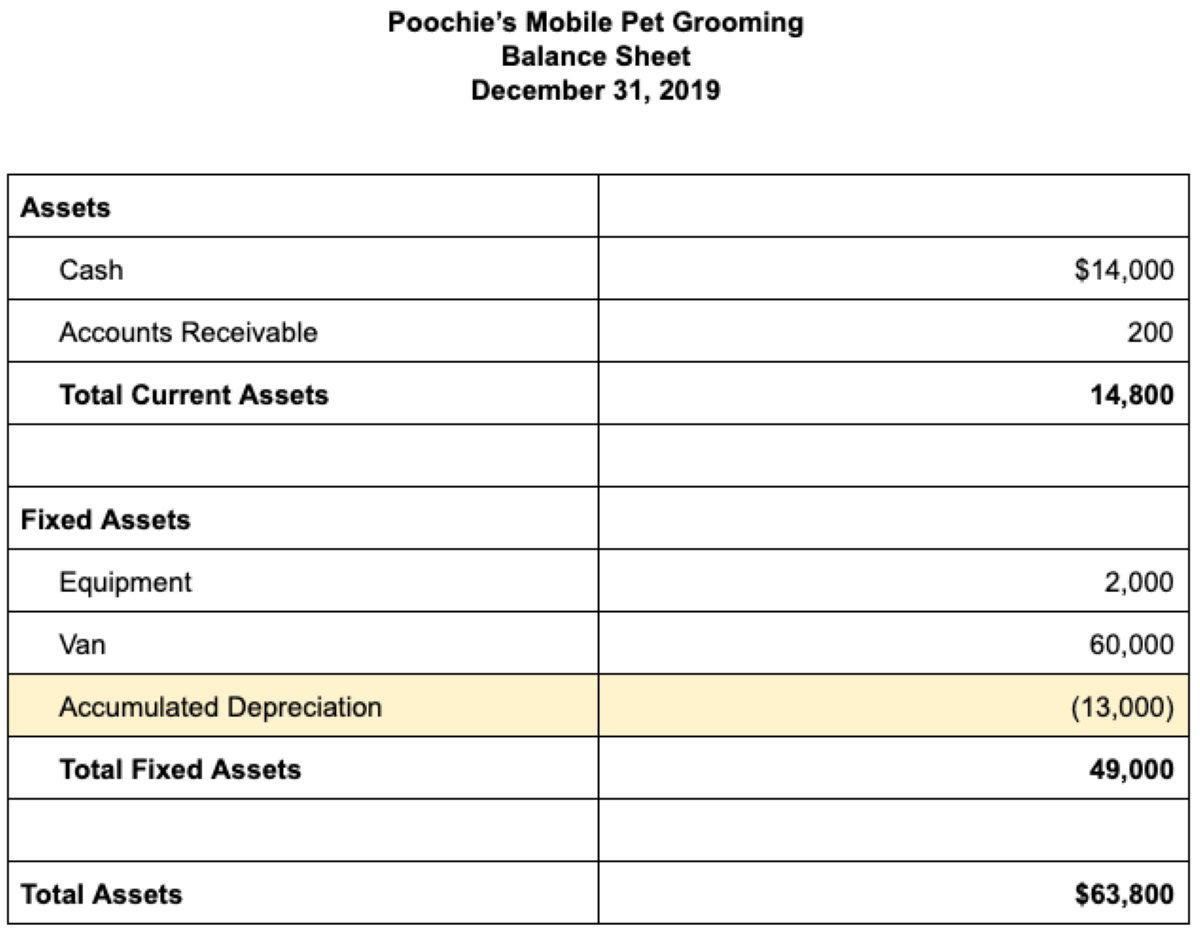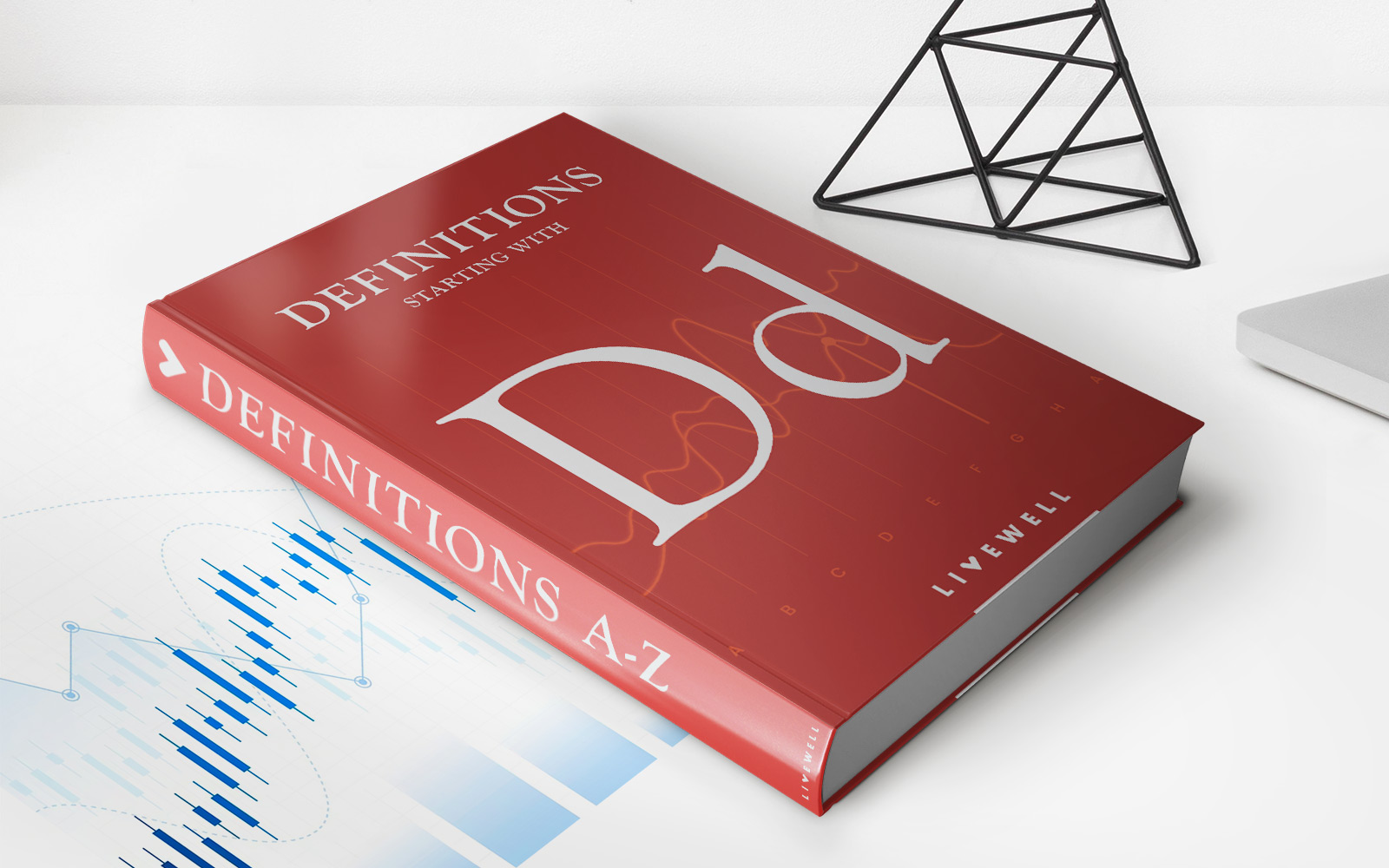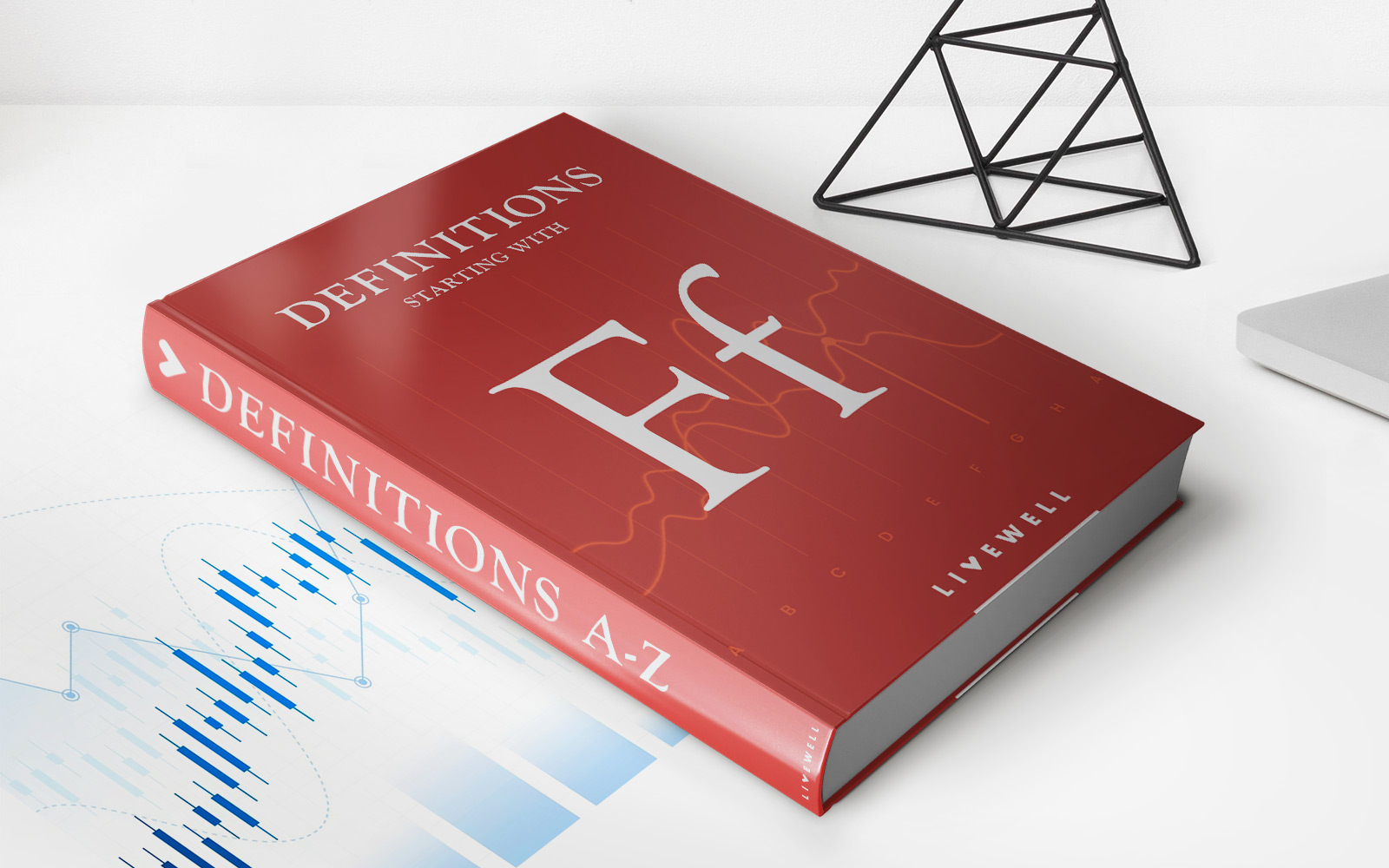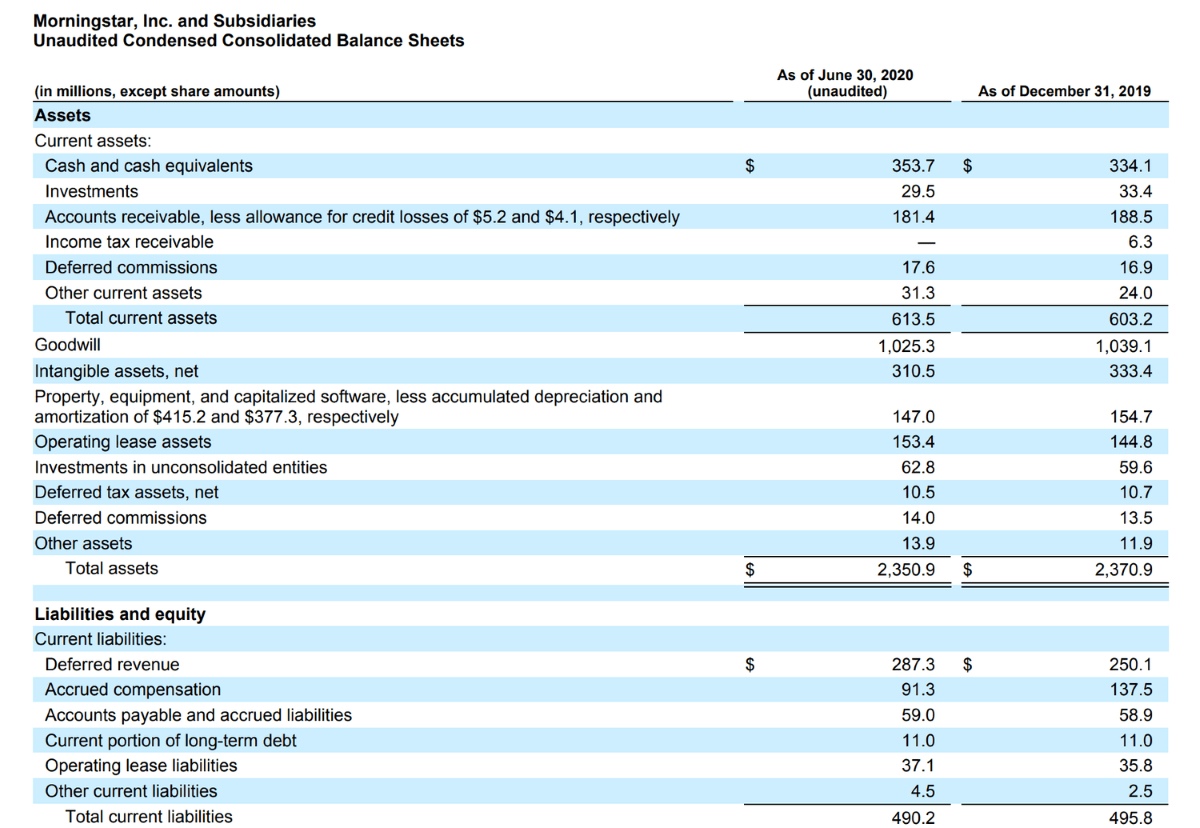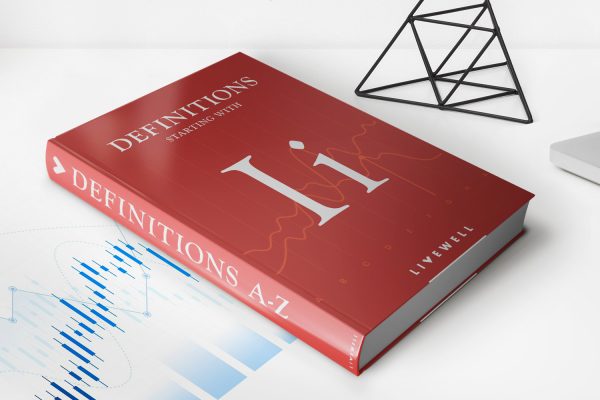Home>Finance>Double-Declining Balance (DDB) Depreciation Method Definition With Formula
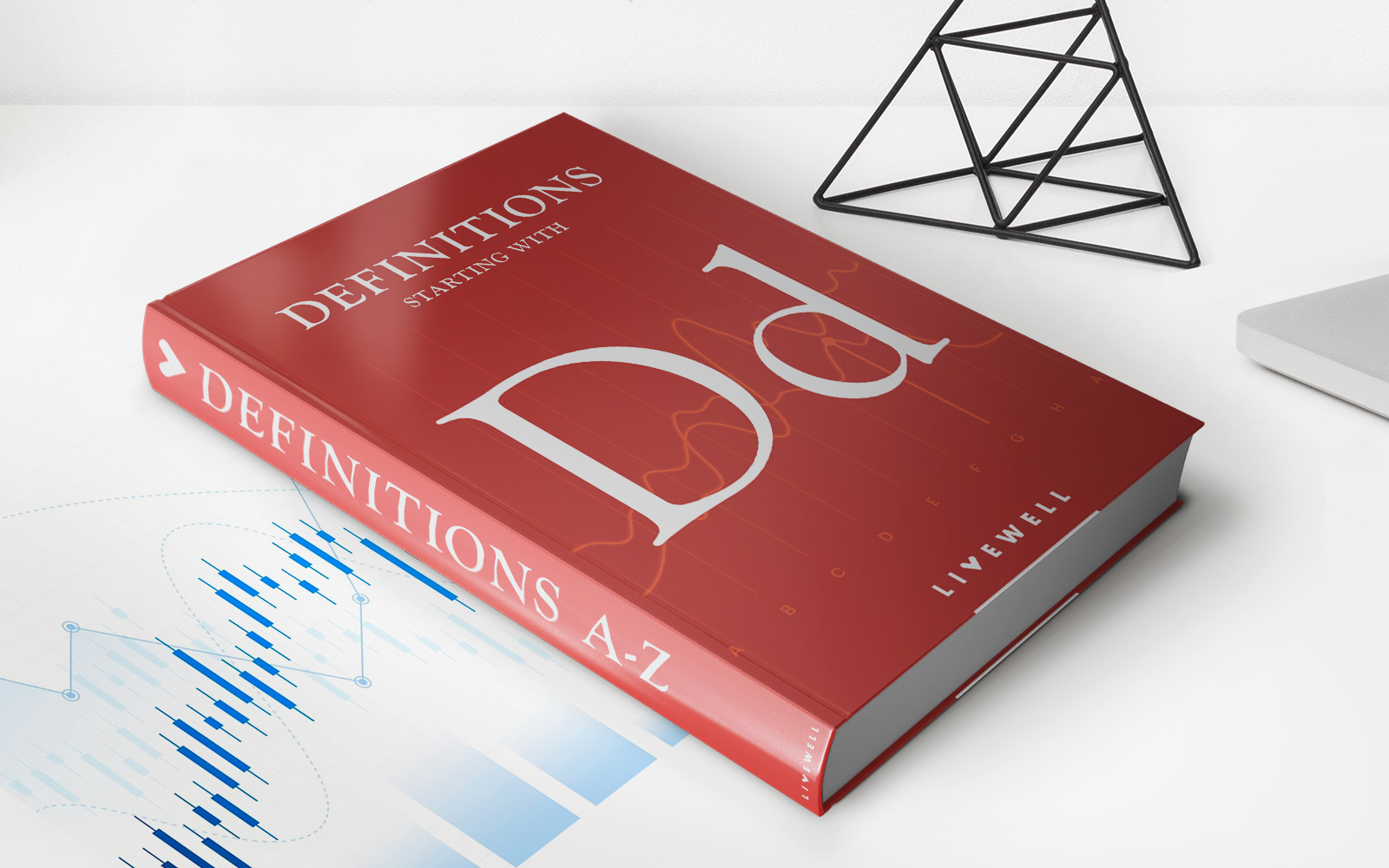

Finance
Double-Declining Balance (DDB) Depreciation Method Definition With Formula
Published: November 14, 2023
Learn about the Double-Declining Balance (DDB) Depreciation Method in finance, its definition, and the formula used. Perfect for understanding depreciation calculations.
(Many of the links in this article redirect to a specific reviewed product. Your purchase of these products through affiliate links helps to generate commission for LiveWell, at no extra cost. Learn more)
The Double-Declining Balance (DDB) Depreciation Method: An in-depth guide
Finance is an essential aspect of our lives, and understanding various methodologies and strategies can help us make informed decisions about our money. In this blog post, we will delve into the fascinating world of the Double-Declining Balance (DDB) depreciation method. If you’ve ever wondered how this method works and why it’s relevant in finance, you’ve come to the right place!
Key Takeaways:
- The Double-Declining Balance (DDB) depreciation method is an accelerated method used to calculate the depreciation expense of an asset.
- It allows businesses to capture more significant deductions in the early years of an asset’s life.
Now, let’s dive deeper into the Double-Declining Balance (DDB) depreciation method and uncover how it can be a valuable tool in financial planning.
What is the Double-Declining Balance (DDB) depreciation method?
The Double-Declining Balance (DDB) depreciation method is an accelerated depreciation method commonly used in finance and accounting. It allows businesses to more accurately account for the wear and tear or obsolescence of their assets over time.
The formula for calculating depreciation using the DDB method is relatively simple:
Depreciation Expense = (Net Book Value – Accumulated Depreciation) * DDB Rate
The DDB rate is typically twice the straight-line depreciation rate. By accelerating depreciation in the early years of an asset’s life, businesses can accurately reflect its decreasing value as it ages.
Why is the Double-Declining Balance method relevant in finance?
The Double-Declining Balance (DDB) depreciation method is particularly useful in industries where assets rapidly lose value or become obsolete. By capturing a more significant portion of the depreciation expense upfront, businesses can better align their financial statements with the real-world value of their assets.
Now, let’s take a closer look at some essential aspects of the DDB method:
1. Accelerated depreciation
The DDB method is an accelerated depreciation method. It allows businesses to distribute a higher portion of an asset’s depreciation expense in the earlier years of its useful life. This approach helps businesses account for the decrease in value more accurately.
2. Tax advantages
Using the DDB method can have tax advantages for businesses as well. The higher depreciation expense in the early years means higher deductible expenses, leading to reduced taxable income and potentially lower taxes.
Final thoughts
The Double-Declining Balance (DDB) depreciation method is a valuable tool in finance that helps businesses align their financial statements with the value of their assets. This accelerated method allows for a more accurate representation of asset depreciation, particularly beneficial in rapidly changing industries.
By understanding the intricacies of the DDB method, individuals and businesses can make more informed financial decisions. Whether you’re an entrepreneur, investor, or finance enthusiast, knowledge of various depreciation methods can provide you with a competitive edge in managing your finances.
So, are you ready to dive into the fascinating world of finance and explore other exciting topics? Keep an eye out for our upcoming blog posts within the “FINANCE” category!
